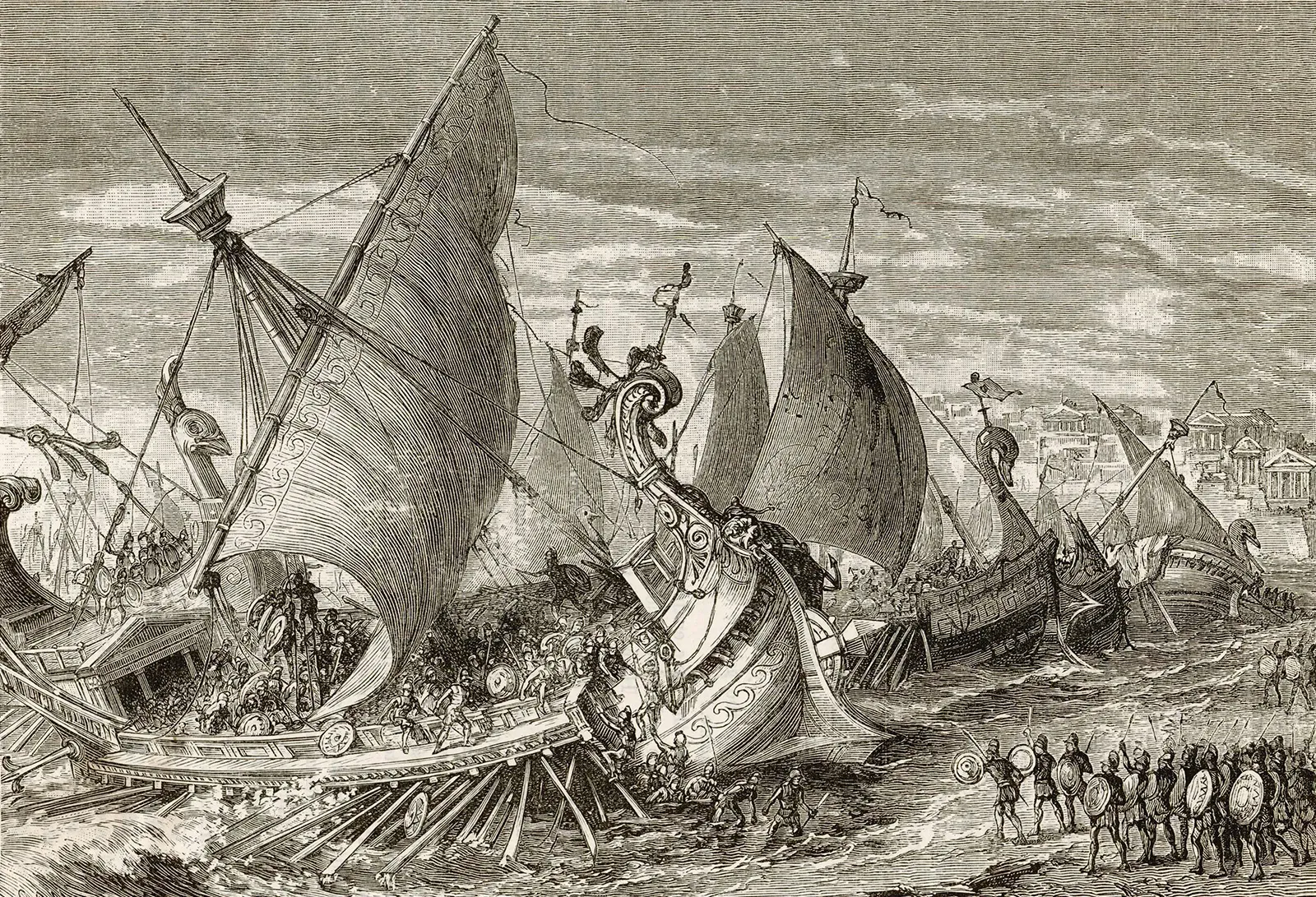and they like to call themselves agile
Two very different cultures, with two observations: the obvious one is the stark contrast in the quantity and allocation of resources to produce the same thing. A thing that, by the way, does not have serious consequences if it fails to be perfect.
three slides were chosen for a presentation to the board of directors. Those same three slides had been shown to the same audience three months ago, except for a couple of financial metrics that needed updates. It took me less than 25 minutes to update the slides and jot down my script. Five minutes to review with my boss, and five minutes for a final review with the CEO. That is 35 minutes total, 45 tops if I count the time I took printing stuff and getting myself a cup of coffee.
In a prior life. The same situation would've taken days of writing and rewriting, back and forth with many "stakeholders", some of them appropriately involved as part of the chain of command, but many others completely peripheral to the content of the presentation (yet they wanted to impose their "suggestions"). The end result would've been the same three slides, but a little worse. More wordy, with timid and equivocal language, and inferior font types. In the same prior life, and at the same time, the organization would have been touting the panacea of being agile and nimble, and may have even hired people full-time to form a "task force" to "drive agility and nimbleness across verticals".
In the first organization, no one talks about agility.
Two very different cultures, with two observations: the obvious one is the stark contrast in the quantity and allocation of resources to produce the same thing. A thing that, by the way, does not have serious consequences if it fails to be perfect. As DHH writes about risk tolerance:
If your work can result directly in the loss of millions or billions of dollars, you also better approach it with an unusually high level of care. And yet, it's clearly still nowhere near as bad as dealing with the direct loss of human life, if you get it wrong.
The criticality ladder keeps going down from there. Loss of important data. Loss of critical access to data. Loss of replicated data. Imposed inconvenience.
The abundant "care" of the second organization falls beneath the category of imposed inconvenience.
The other observation is an inference into the actual agility of the organization. Could it move fast if it needed to? Can it switch direction at all?

